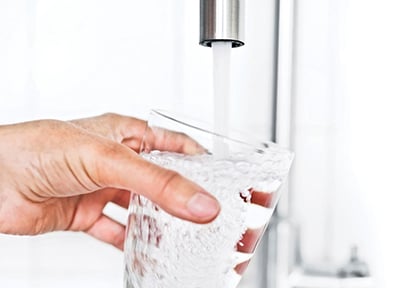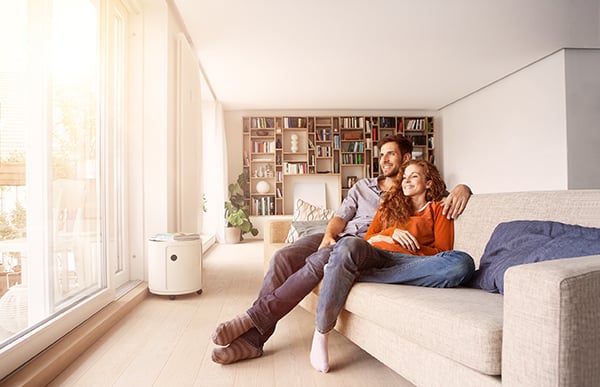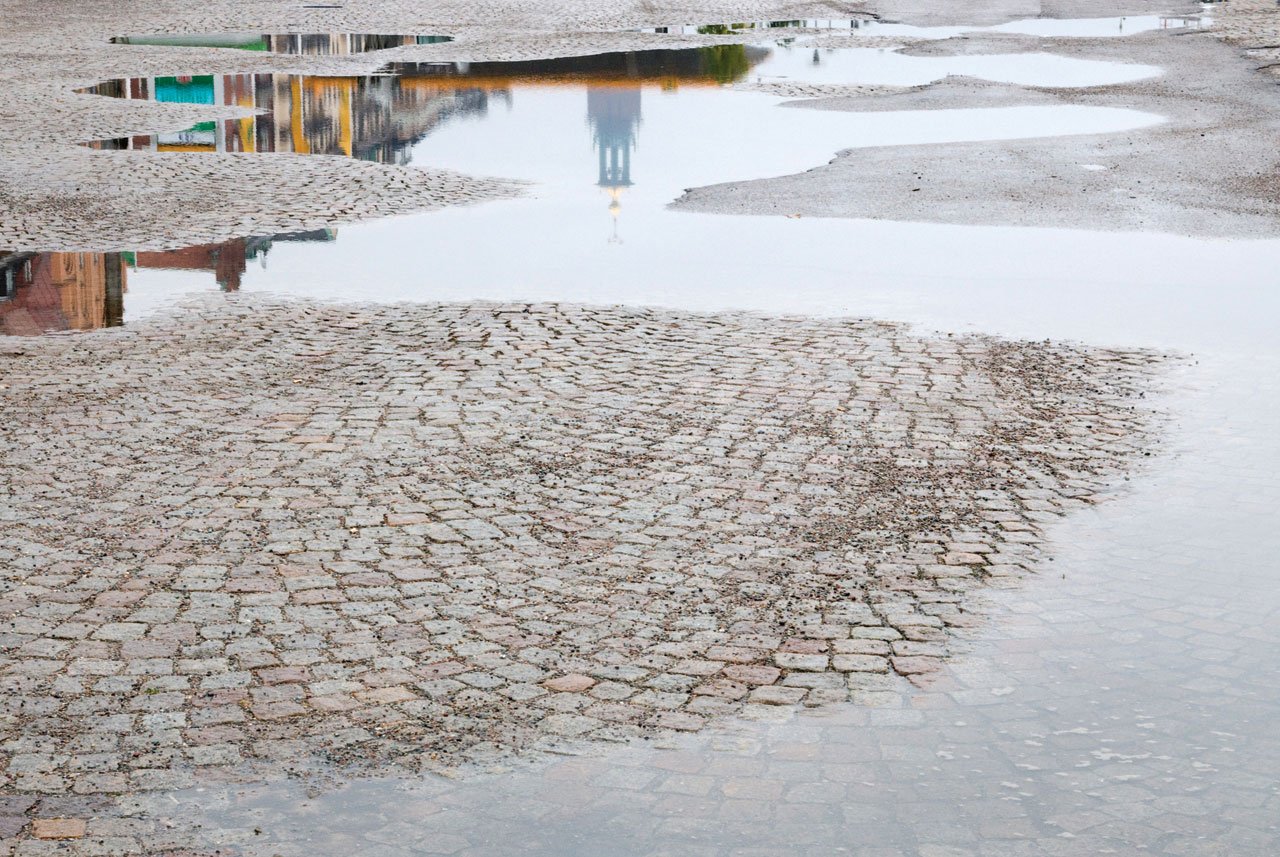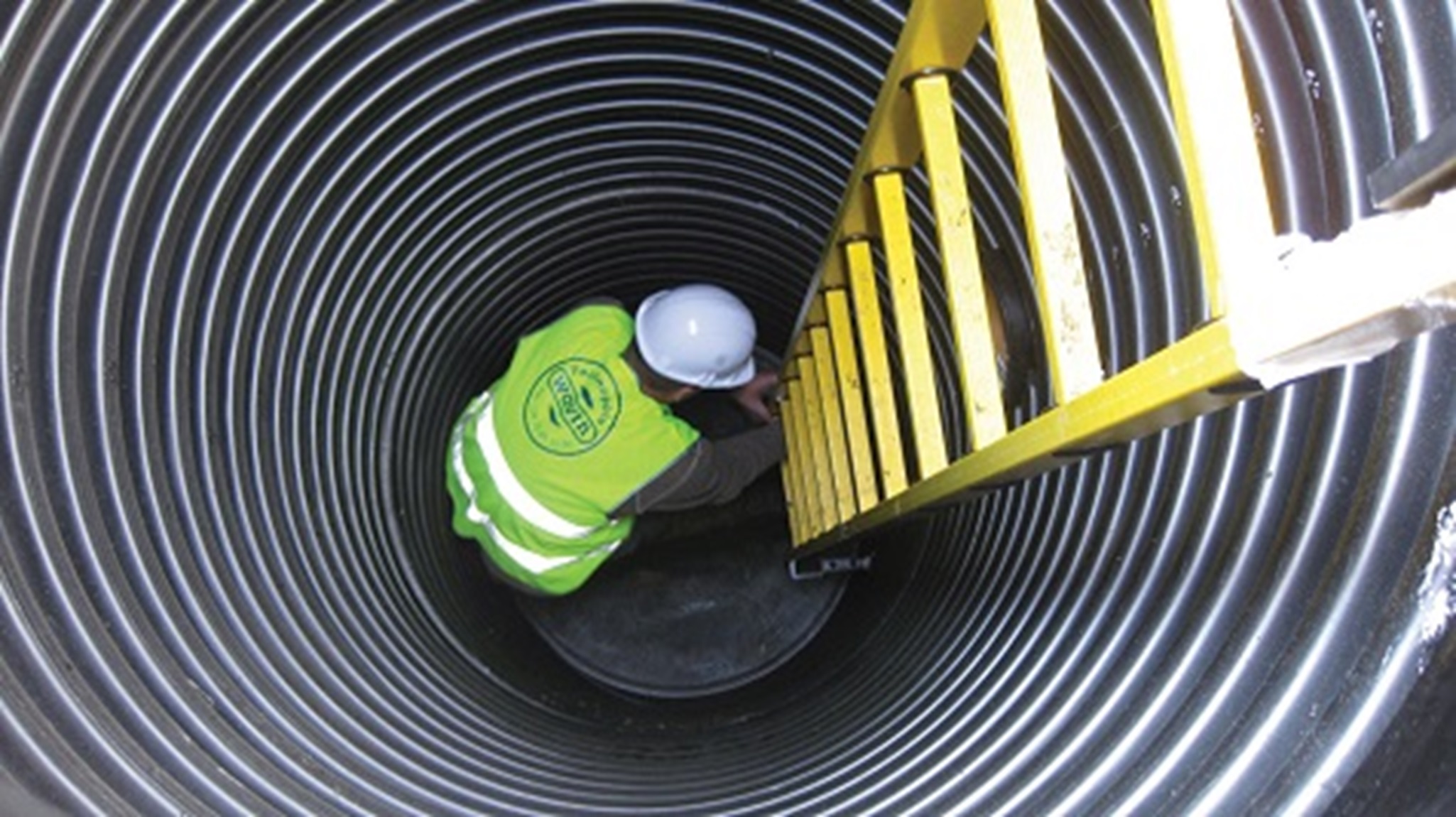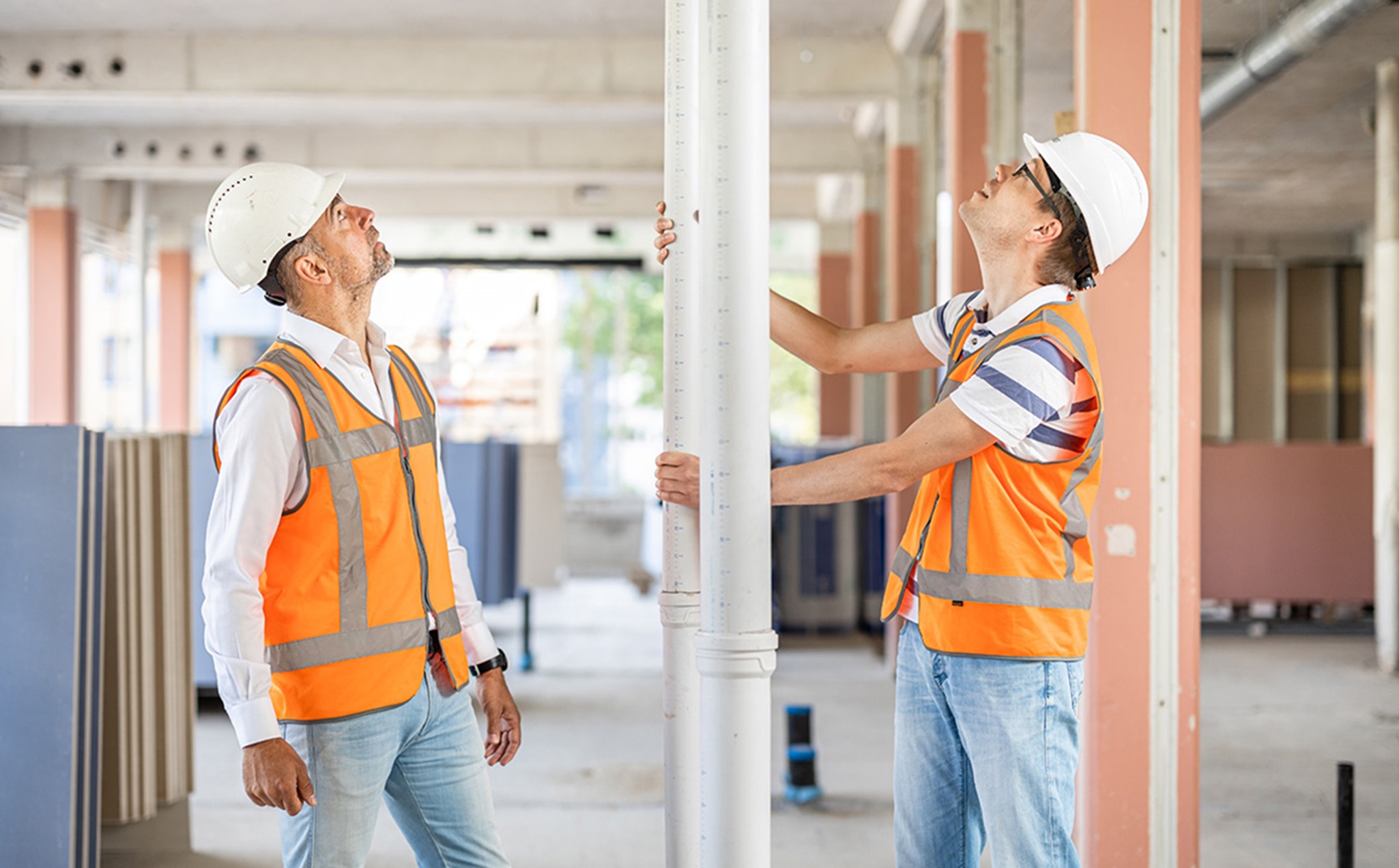10 tips on how to reduce urban heat stress
30 May 2017
We’ve crossed the seasonal threshold from spring into summer and urban areas throughout Europe are feeling the heat more than ever. The densely-populated urban landscape of asphalt, brick, metal and dark rooftops soaks up an enormous amount of energy from sunlight – reflecting even more light. This energy absorption leads to an “urban heat island” – where cities experience higher-than-normal heat temperatures, as compared to surrounding areas. Climate change will cause this heat island effect to intensify in the years and decades to come. Wavin is a serious influencer in the movement towards urban climate resilience and so we’ve put together some tips on how to reduce heat stress in cities and towns across the continent.

Join our initiative to create climate resilient cities!
THE PRESENT: (Image via metlink.org)


So what can we do to mitigate these heat stress problems? Wavin gathered 10 tips to reduce urban heat stress. And they are:
Tip #1 - Light-coloured concrete and white roofs
City rooftops are typically black because the traditionally-used asphalt and tar are waterproof, tough, ductile and easy to apply to complex rooftop shapes and designs. However, black and dull colors absorb lots of solar heat, which results in warm (and sometimes, scorching hot) surfaces. So, to mitigate the problem of urban heat island, more people are having bright,
(Image via Flickr.com)

Tip #2 - Green roofs
Green roofs are a great, sustainable option for reducing the impact of urban heat island. Green roofing is the practice of planting vegetation (grass and or plants) on a roof, just like they are planted in a garden. Plants on the roof serve as perfect insulators during summer and decrease the overall urban heat island effect. Plants also cool the surrounding environments, thereby reducing air conditioning demands. And the added bonus is that air quality will improve, since the plants absorb carbon dioxide and produce fresh air.
(Image copyright CityRoofs)

Tip #3 - Urban relief - planting trees in cities
The practice of tree planting within and around cities is an excellent way of reflecting solar radiation, while also decreasing the urban heat island effect. Trees provide shade, absorb carbon dioxide, release oxygen and fresh air, and provide a cooling effect. Deciduous trees are ideal for urban areas because they cool the area in summer and they don’t block any warmth during the wintertime.
(Image via media.defense.gov)

Tip #4 - Green parking lots
Green parking spaces utilize sustainable infrastructure strategies to limit the impacts of urban heat island effect. More specifically, it protects against the elevation of pavement temperatures which can, in turn, prevent pollution resulting from stormwater runoff.
(Image via Wikimedia Commons)

Tip #5 - Awareness and implementation of heat reduction policies and regulations
The EU directives regarding environmental policies, such as low carbon fuel standards and the uses of renewable energy, can significantly regulate (and mitigate) the problem of urban heat island effect. With fewer emissions, the level of green house gases in the atmosphere can be reduced. This, in turn, decreases the effects of climate change and global warming. Education and community outreach can also help to ensure that communities are made aware of the economic and social benefits of sustainable practices such as planting trees, eco-roofing/paving.
(Image via Wikimedia Commons)

Tip #6 - H&C systems that can heat AND cool
Wavin’s heating and cooling systems present a year-round, sustainable solution – keeping buildings and homes warm in the wintertime and cooling them during the heat wave season. When you have the ability to easily control your indoor climate so that it is comfortable, you won’t be bothered by the oppressive heat outside. Whether your ceiling is closed suspended gypsum, new-build concrete or metal, Wavin’s radiant heating and cooling systems integrates responsive, reliable and sustainable heating and cooling, while keeping your energy consumption (and cost) low.

Tip #7 - Ventilation
When the sun goes down, open the windows and doors and let the through-breeze in. Release any warm air your home has accumulated during the hot daytime hours by allowing cooler air flow into your home. Switch out your hot daytime air with the cool night breeze. Circulate that air! It can really help to bring down the indoor temperature. A word of caution, however: safety is an issue in many urban areas, so do remember to close/lock your windows and doors before you go to sleep.
(Image via pixabay.com)

Tip #8 - Using harvested rainwater for cooling
We've spoken at length about urban pluvial rainwater mitigation. Implementing Q-Bic Plus infiltration systems is one way to tackle the issue of excess rainwater. What many don't know it that the system can also be used for water attenuation. When rainwater is harvested you can re-use that water in many ways during dry spells:
• Irrigation of lawns and green areas
• Flush toilets with retained water instead of using town water that might become sparse
• Cool pavement by sprinkling water on it
• Use it on roof surfaces to cool buildings
• Firefighters can use the water if needed
A city that's exemplary in climate resilient building, is the city of Wolfsburg in Germany. Check out how they've applied our Q-Bic Plus systems here.
(Image via Wavin: installation of Q-Bic Plus system)

Tip #9 - Personal heat safety tips
Hydrate! Nothing beats the restorative power of good, clean drinking water. Stay hydrated during the hot summer months. And if you must go out into the city streets in the heat of a summer afternoon, always carry a bottle of water with you. Also don't forget to apply a good UV-resistant sunscreen and wear a sunhat to beat the heat. Walking on the hot city pavement between 11 am and 3 pm can cause a lot of sun damage, if you’re not careful. Better yet, stay indoors and avoid the sun altogether. Heatstroke is something that you definitely want to prevent.

Tip #10 - Keep your pets out of the heat
Cars can heat up very quickly and leaving your dog in a vehicle parked on a hot city street could be fatal for your pooch. Keep him cool – indoors, with plenty of water. A dog left outside in the yard on a hot afternoon may also suffer from heatstroke. Keep in mind that most cities have laws and regulations regarding animal safety. Avoid walking your dog during peak hours, as city pavements get very hot and will burn their paw pads – causing great discomfort.
(Image via Flickr.com)

Municipal leaders, communities and city dwellers are becoming more aware of the urban heat island effect that is plaguing urban areas each summer. Groups like the Cool Cities Network, in partnership with the Global Cool Cities Alliance, are supporting cities in the effort to reduce and mitigate the impact of UHI. The measures that they are talking to address the issue focus on several key areas, such as green and blue solutions, heat health vulnerability, UHI data monitoring and measurement, and the integration of heat into long-term planning.
As Wavin has noted in our recently launched white paper on the “Role of urban stormwater management in building a sustainable, climate-resilient city”, it is ever so important to encourage community leaders and property owners alike to engage in a dialogue to create climate-resilient cities that are equipped to deal with issues, such as urban pluvial flooding and UHI. Climate-resilience is no longer a luxury. It is a necessity. And as the years pass, it is becoming an urgent matter. So do join the conversation and spread the word. You can download the Urban Stormwater Management Toolkit at www.wavin.com/toolkit. We urge you to read the materials and engage in dialogue via our social channels: LinkedIn, Facebook, Twitter or Instagram.





